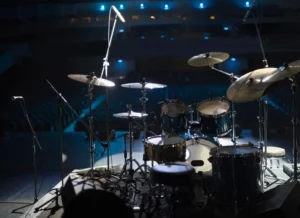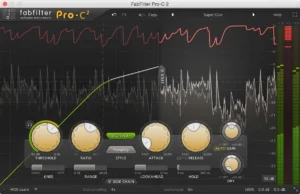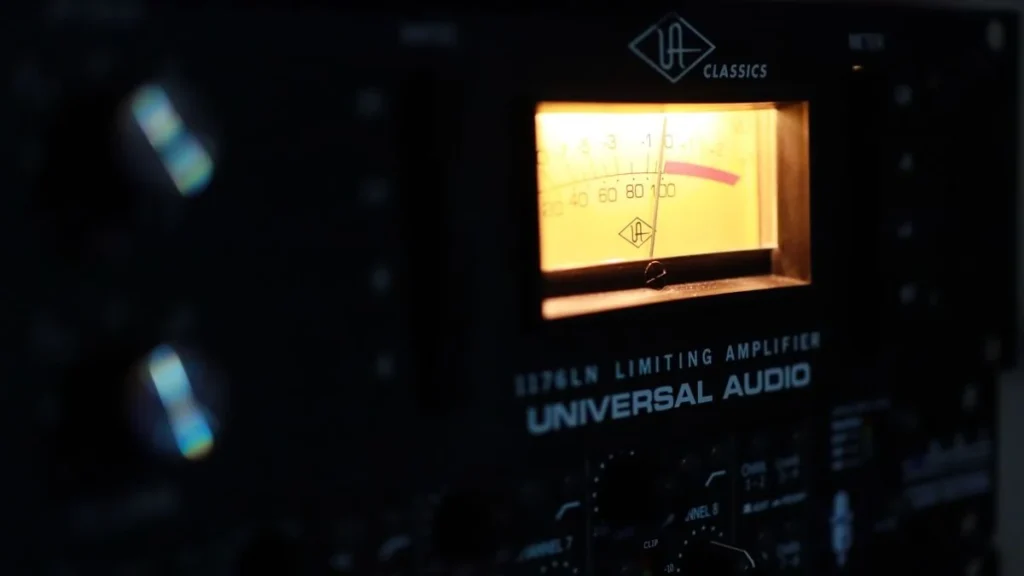What is Parallel Compression? Parallel compression is a powerful audio production technique that enhances the dynamics of a mix without sacrificing the natural punch and liveliness of the audio. Unlike traditional compression, which can sometimes flatten the dynamic range, parallel compression allows for a balance between retaining the natural transients and adding body to the sound. This technique was initially developed for drums but has since become a versatile tool for various instruments and even in mastering processes.
What is Parallel Compression
According to Soundgym, the process of parallel compression involves duplicating the audio signal, applying heavy compression to the duplicate, and then blending it back with the original uncompressed signal. This approach ensures that the punchy transients of the original track are preserved. On the other hand the compressed duplicate adds fullness and consistency. This technique is particularly effective for drums, allowing them to maintain their impact while also sounding fuller and more cohesive.
Parallel vs. Sidechain Compression
PA differs significantly from sidechain compression, although both are advanced techniques used in mixing. While sidechain compression uses a separate audio signal to control the compressor, often creating a “pumping” effect popular in EDM, parallel compression focuses on enhancing the body and presence of an instrument without diminishing its dynamics. This makes parallel compression ideal for adding weight to a mix while maintaining its natural energy.
Setting Up Parallel Compression

Setting up parallel compression can be done in various ways. It depends on the tools available in your digital audio workstation (DAW). If your compressor has a wet/dry control, you can dial in the amount of compression directly. Alternatively, you can duplicate the track or send it to a bus channel with a compressor. Using a bus is often more efficient, as it allows any changes made to the original track to be automatically applied to the compressed signal as well.
Applications
While PA was initially developed for drums, it can be applied to a wide range of sounds. For vocals, it adds strength and body without losing the dynamic nuances of the performance. In mastering, it can make quieter parts of a track louder without squashing the louder sections. Additionally, PA is useful for taming harshness in instruments like synths and guitars, making them sit better in the mix.
Recommended Plugins

There are several plugins particularly well-suited for this. Acustica’s TAN is a great free option, especially for drums, with features like a wet/dry control and shape modulation for fine-tuning transients. Universal Audio’s 1176 compressor is another excellent choice, known for adding character to drums. For vocals, the Teletronix LA-2A emulation is a popular choice, used by artists ranging from Kurt Cobain to Shakira. These tools can enhance your efforts, but the technique is effective even with basic compressors available in most DAWs.
Conclusion
Parallel compression is a versatile and essential technique for any music producer. Whether you’re enhancing drums, vocals, or mastering a track, PA offers a way to add body and consistency without sacrificing dynamics. With practice, this technique can become a fundamental part of your mixing process. It will help you achieve a more polished and professional sound in your productions.





